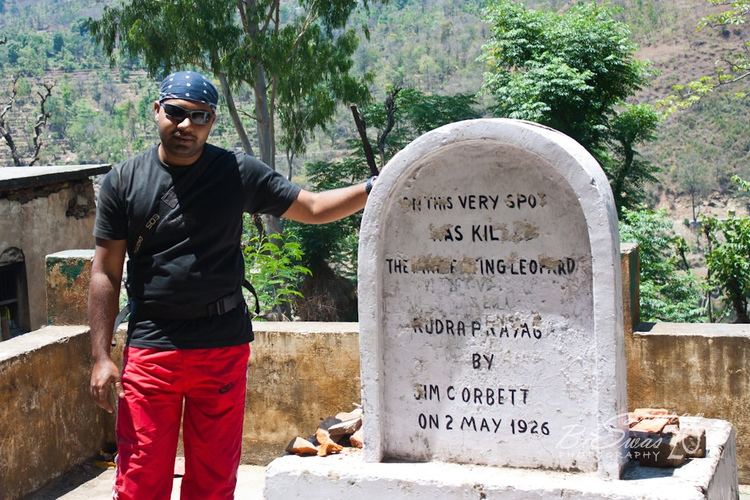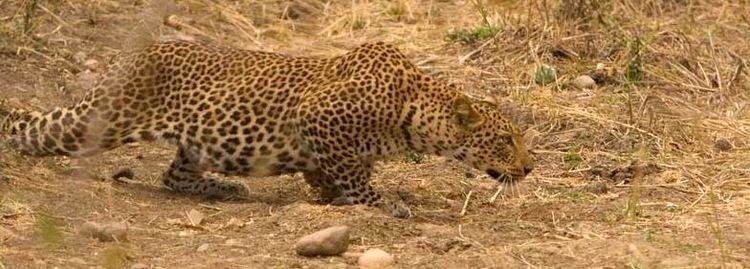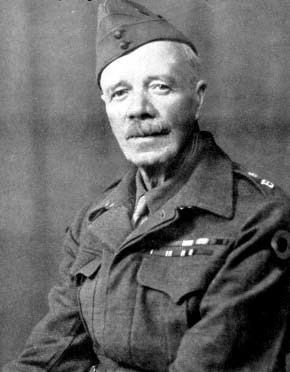Died 1925 | Species Panthera pardus | |
 | ||
Exact spot where man eating leopard of rudraprayag was killed
The Leopard of Rudraprayag was a male man-eating leopard, reputed to have killed over 125 people. It was eventually killed by hunter and author Jim Corbett.
Contents
- Exact spot where man eating leopard of rudraprayag was killed
- Attacks
- Hunt for the leopard
- Reasons of becoming man eater
- Aftermath
- References
Attacks

The first victim of the leopard was from Benji Village, and was killed in 1918. For the next eight years, people were afraid to venture alone at night on the road between the Hindu shrines of Kedarnath and Badrinath, for it passed through the leopard's territory, and few villagers left their houses after dark. The leopard, preferring human flesh, would break down doors, leap through windows, claw through the mud or thatch walls of huts and drag the occupants out before devouring them. According to official records, the leopard killed over 125 people. However, Corbett notes that the number of deaths was probably higher due to unreported kills and deaths due to injuries sustained in attacks.
Hunt for the leopard

Units of Gurkha soldiers and British soldiers were sent to track it but failed. Attempts to kill the leopard with high powered gin traps and poison also failed. Several well-known hunters tried to capture the leopard and as the British government offered financial rewards. In the autumn of 1925, Jim Corbett took it upon himself to try to kill the leopard and after a ten-week hunt, he successfully did so on 2nd May, 1926.
Reasons of becoming man-eater

Corbett's notes revealed that this leopard, an over grown elderly male, was in fine condition except few healed injuries sustained from the hunters after it had become man-eater. The leopard started hunting people eight years before while still young and hence old age might not have been the reason for this leopard to become a man-eater. Jim Corbett wrote that, in his opinion, human bodies left unburied during disease epidemics was the main reason for the Rudraprayag and Panar leopards to become man-eaters.
At the end of the introduction of his widely known book Man-Eaters of Kumaon, Corbett wrote:

A leopard, in an area in which his natural food is scarce, finding these bodies very soon acquires a taste for human flesh, and when the disease dies down and normal conditions are established, he very naturally, on finding his food supply cut off, takes to killing human beings. Of the two man-eating leopards of Kumaon, which between them killed over five hundred and twenty-five human beings, one followed on the heels of a very severe outbreak of cholera, while the other followed the mysterious disease which swept through India in 1918 and was called war fever.
Aftermath

In Rudraprayag, there is a sign-board which marks the spot where the leopard was shot. There is a fair held at Rudraprayag commemorating the killing of the leopard.
The leopard was the subject of a 2005 BBC Two TV Series Manhunters, in the Episode The Man-Eating Leopard of Rudraprayag., which presents an entirely fictionalized representation of Jim Corbett's hunt.
